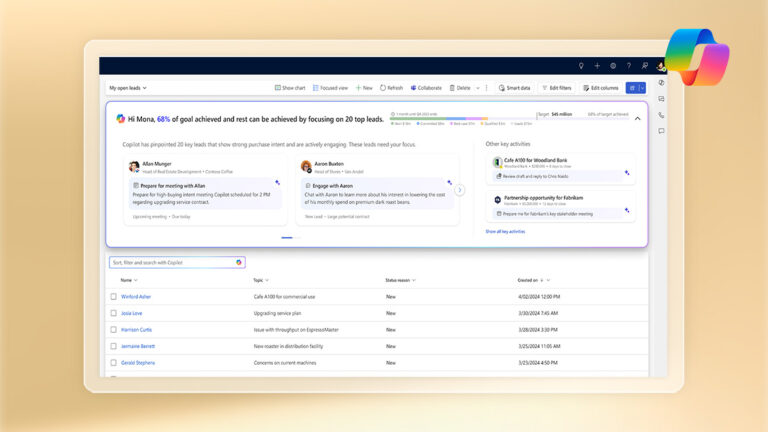When a patient is hurt or sick, they simply want to get better. But organizations often place many burdensome steps in the care journey — make an appointment, fill out forms, see a doctor, get a prescription or referral. But a healthcare platform can make the experience better for patients, while also helping your organization save money.
People expect a better experience from their healthcare provider — one that parallels what they receive from consumer brands like CVS or Amazon. In fact, many of those brands are poised to disrupt the healthcare space now.
How can providers earn more trust?
Trusted healthcare companies stand out because they provide services that address the whole person. See what 12,000 health consumers had to say about their experiences in our latest Connected Health Consumer Report.


However, systems like electronic health records (EHRs) often stand in the way. EHRs were designed to protect patient data, so they don’t easily connect to other software platforms, leading to a poor patient experience.
Through investing in more agile healthcare platform technologies that incorporate automation and work with live data, providers can deliver an efficient experience that patients have come to expect.
Let’s take a closer look at how technology can make the process more efficient — and more importantly, better for their patients.
Unify data sources to get a complete view
Leaders in retail and consumer goods know that the first step to customer engagement is to know the customer. For physicians, it’s easy to build a direct, personal connection when they meet with a patient in person.
But the buck can’t start and stop in the exam room. Everyone involved in the care journey needs to be just as connected to the patient.
Time spent toggling between EHRs and other systems comes at the expense of face time with patients. When providers consolidate patient data within a single healthcare platform, everyone involved in the care journey — from call center agents, to care coordinators, to physicians — has access to the relevant information they need to provide timely care.
Get articles selected just for you, in your inbox
Streamline onboarding and referrals
Onboarding and referrals are two of the most critical processes for patients, but they’re also often the most frustrating steps, due to inefficient systems.
Missteps often put the burden squarely on the patient. Take the patient who filled out their onboarding forms digitally as an example. When they get to the facility, they are sometimes asked to manually redo the paperwork because the right department never received their digital submission. A platform that integrates data across departments eliminates this kind of wasted effort.
When it comes to referrals, everything can come to a grinding halt if a patient calls to schedule an appointment with the specialist physician and the facility doesn’t know who they are. Suddenly the patient becomes the messenger between both offices and possibly the insurer as well.
By digitizing referral management, providers start the process while the patient is still in the room. Through a referral portal connected to the single, integrated platform, providers can record critical care details for the patient’s health insurer to process the request.
Likewise, the same information can be accessed through a patient portal so the patient can see when the referral is approved and immediately reach out to schedule an appointment.
Invest in patient-friendly healthcare platform technology
Two decades ago, looking up reviews on doctors, finding in-network facilities, or researching symptoms and medications online wasn’t nearly as common as it is today.
As a result, our latest Connected Health Consumer report found that 64% of consumers under the age of 65 believe that providers with better online capabilities are more likely to deliver better services.
Providers should take the time to prioritize convenience on digital properties with user-friendly websites, online appointment scheduling, and self-service portals. Giving consumers more choice reduces barriers to care and increases engagement.
To better understand patient preferences, providers need a system that communicates with patients how and where they want. So, when you need to send appointment confirmations or pre-appointment paperwork, you’ll know which channels the person prefers to receive that information.
Contacting patients on their preferred channels not only creates better experiences but makes it more likely they’ll stick to their care plan.
Put the patient at the center
Providers need efficient cost-saving tools that allow their team to spend less time on administrative tasks and more time on patient relationships. See how technology can help you focus more on the patient, leading to better health outcomes.



Make service your strong suit with a well-run call center
In many of the examples above, the next interaction for the patient is to schedule an appointment or ask a question. In all cases, the provider call center is responsible for whether it’s a good experience or a bad one.
To provide the kind of experience we know healthcare consumers expect, call center agents must have all patient information at their fingertips — including medical conditions, social determinants of health, appointment history, and communication preferences.
An integrated, patient-centric technology platform is typically the solution to improve efficiency and automation in the call center. Having this kind of system in place can help you better understand your operations with up-to-date insights and be proactive when it comes to patients’ needs. Not only can it proactively surface patient needs so you can serve them better with real time insights, you can also better understand your operations.
This kind of healthcare platform releases your data from silos, so customers don’t have to repeat steps and get frustrated with inefficient processes. Once you have a unified base of insights, you can better connect with your patients and build a more cost-efficient organization — making both patients and decision-makers happier.
Reduce costs with automation and better efficiency
Healthcare providers’ call centers are key for improving the patient experience. Learn how digitizing call center operations can allow providers to maximize resources and deliver faster, more personalized experiences patients expect.














